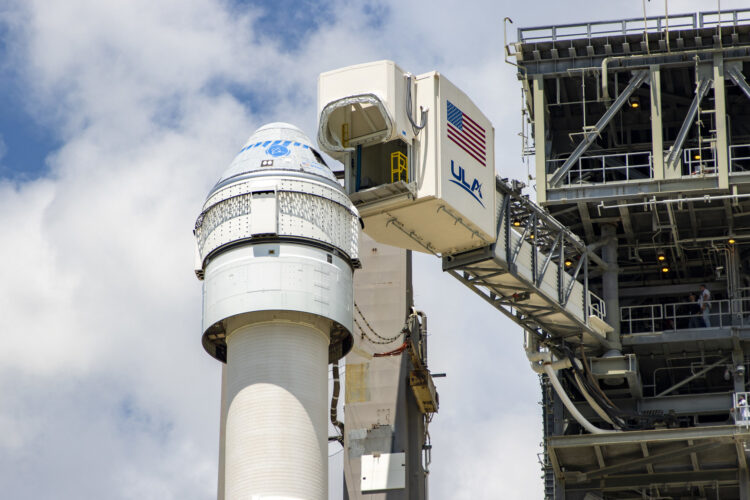“We will allow the information to lead our work.”
For seven days paving the way to the eagerly awaited dispatch of Boeing’s Starliner practice run on Tuesday, authorities with NASA and the aviation organization said the space apparatus and its Atlas V rocket were all set. Their large concern, they said, was the climate, as there are successive evening tempests along Florida’s east coast.
On Tuesday morning, a couple of hours before the dispatch window opened, climate conditions along the coast looked very great. Be that as it may, Boeing needed to scour the dispatch endeavor in any case, referring to an issue with a valve in the space apparatus’ response control framework, which helps the vehicle move in space.
Boeing and NASA designs then, at that point spent Tuesday early evening time endeavoring to decide the reason for “startling valve position signs” inside the space apparatus’ drive framework. Apparently, they were attempting to decide if these valves were really in some unacceptable position or on the other hand if the signs were because of some kind of wayward sensor perusing.
On Tuesday evening, the specialists couldn’t arrive at a resolution, and Boeing said it was dropping a potential dispatch endeavor for Wednesday. In a proclamation, the organization declined to say what date it was focusing on for its next endeavor and said it required more opportunity to explore the issue.
“We will allow the information to lead our work,” said Boeing’s Commercial Crew Program VP and program administrator John Vollmer. “Our group has worked tirelessly to guarantee the security and achievement of this mission, and we won’t dispatch until our vehicle is performing ostensibly and our groups are certain it is prepared to fly.”
Albeit the following chance get-togethers to dispatch Starliner comes this end of the week on August 7 and 8, sources showed to Ars that the space apparatus might experience issues making that dispatch window. The organization’s specialists will likely need over a little while to work out the issues.
Starliner doesn’t have a boundless dispatch window, notwithstanding. The principal struggle arrives behind schedule this month when SpaceX’s CRS-23 International Space Station supply mission is because of dispatch on August 28. There are just two docking ports accessible for these sorts of missions on the station. By and by, one is involved by a Crew Dragon, and the CRS-23 Cargo Dragon will possess the subsequent port. In the event that NASA holds to a late August dispatch of CRS-23, Boeing’s Starliner would have to dispatch by around August 20 to have sufficient opportunity to get to the station and withdraw before Cargo Dragon shows up.
On NASA’s present timetable, CRS-23 will undock from the space station on September 30, opening a port for Starliner during October. However, there’s another confusion: NASA has a high-need science mission, Lucy, with a 21-day dispatch window opening in mid-October. That mission will likewise fly on an Atlas V rocket.
Joined Launch Alliance requires at least half a month for definite arrangements of an Atlas V dispatch, so regardless of whether Starliner dispatched on October 1, it would almost certainly gobble up some time from Lucy’s dispatch window. Surrendering a lump of that would be dangerous for the space rock mission, which faces a deferral into 2022 in the event that it misses its window. It appears to be likely that NASA would focus on the Lucy mission over Starliner’s dry run.
Basically for Boeing, NASA, and United Launch Alliance, attempt to get Starliner off the cushion before mid-August, or the mission could confront extended postponements.
Effectively, 19.5 months have finished since an underlying assessment trip of Starliner finished in a “high permeability near calamity,” during which the vehicle was nearly lost both soon after dispatch and right away prior to reappearing the environment. This made NASA start an examination concerning Boeing’s wellbeing society and request a significant patching up of Boeing’s flight programming. Boeing likewise consented to pay briefly experimental drill, at an expense of $410 million, out of its own assets.
After a ton of exertion, Boeing, at last, got back to the cushion this week. With Tuesday’s scoured dispatch, however, the rocket and shuttle will currently move back to a mixed overhang for additional investigating.
Disclaimer: The views, suggestions, and opinions expressed here are the sole responsibility of the experts. No Unique Analyst journalist was involved in the writing and production of this article.

